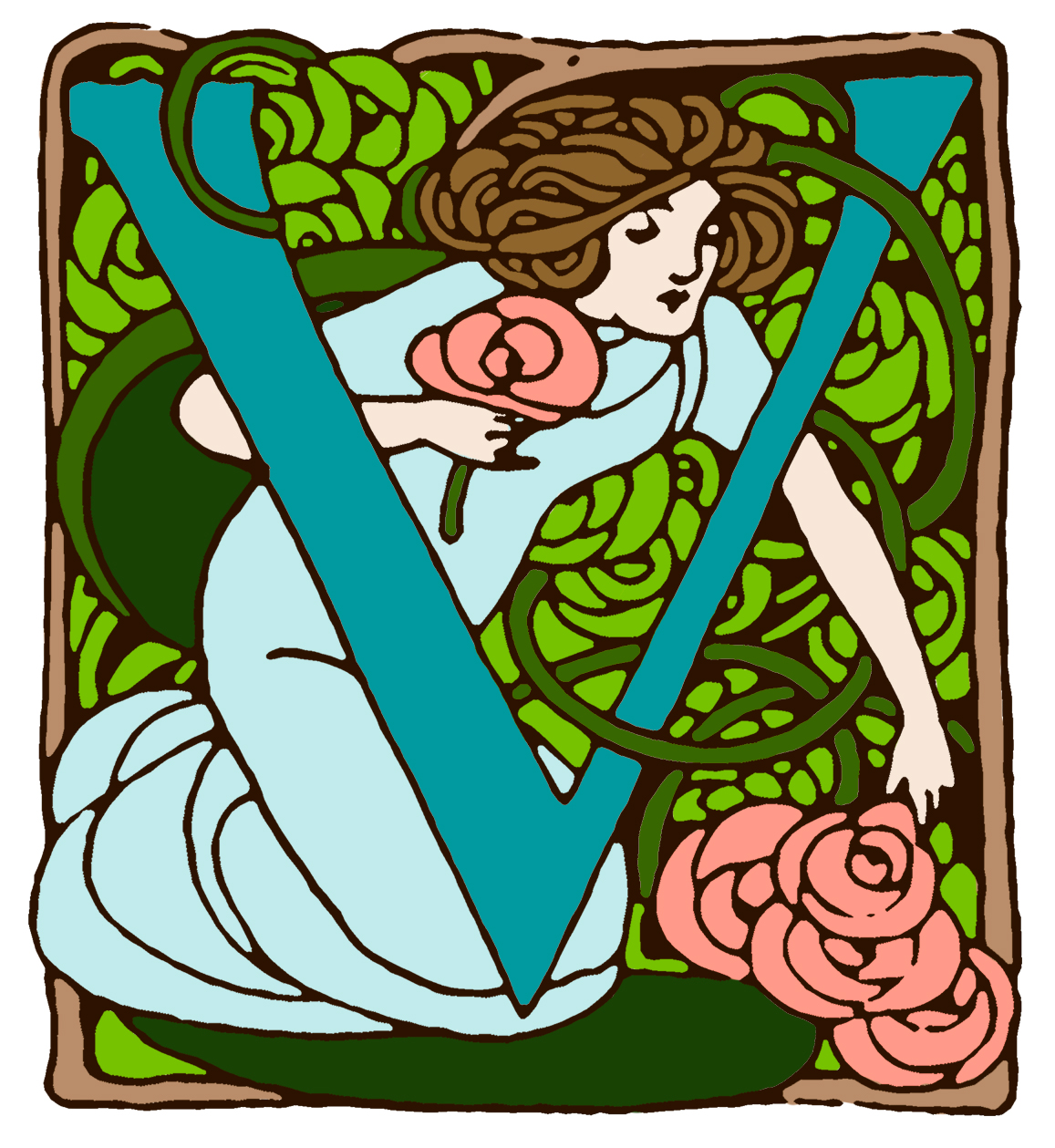Heavenly Hydrangea
/There are so many new varieties of Hydrangea. It’s hard to keep up!
Here are some varieties in stock now and also a couple common questions we get about hydrangea:
Hydrangea Q&A
Q: How can I turn my Hydrangea blue? I am hoping it is something that I would have on hand.
A: If you're growing Hydrangea Marcrophylla (French Hydrangea) you can turn it from pink to blue by lowering the pH level of your soil. The color is determined by the amount of aluminum available to the plant. Add 3 to 4 tablespoons of aluminum sulfate to a gallon of water. Apply it 2 times, 2 weeks apart, for 4 to 6 months prior to blooming. You can also add coffee grounds, eggshells or ground-up citrus peel to the soil. You're shooting for a pH of 5-6.
You can also use Holly-Tone to lower the pH and fertilize your hydrangea at the same time.
On a similar note, blue hydrangeas can be changed to pink by adding 3-8 cups (depending on the size of the plant) of dolomic lime around the base of the hydrangea. Do this 2 or 3 times between the blooming seasons. As an alternative, you can also try a bit of superphosphate around the base of the plant. Shoot for a pH of 6.8-7.2.
The color change doesn't happen overnight so be patient. It can take as long as a year or two to see the results. The white varieties of hydrangeas (such as PeeGee, Silver Leaf, Hills of Snow, etc.) cannot be changed. They remain while regardless of tampering with the pH of the soil.
Firelight BIGLEAF Hydrangea - Hydrangea Marcrophylla ‘Firelight’
Q: I planted a Nikko Blue hydrangea 2 years ago but it has never bloomed. I fertilize it and it is in a sunny location (6 hours of sun). It is healthy looking and green but no flowers. What can be wrong?
A: Your hydrangea sounds like it's getting the right amount of shade/sun, so as long as you're not using a fertilizer that is too high in nitrogen, the problem is probably your very cold winters.
Cold damage is the most common reason this type of hydrangea fails to bloom. The Nikko Blue blooms on old wood (the previous years’ growth), so an upstate NY winter can cause damage—not enough to kill the shrub, but enough to prevent blooms.
Pruning Nikko Blues can be tricky for the same reason. Flower buds usually form on the stems sometime between August and October, so most gardeners prune them by the end of July.
Later pruning puts you at risk for cutting off next year's buds. Fortunately, if Nikkos are located in a fairly protected area, pruning usually isn't necessary for this type of hydrangea unless you need to rein them in or revitalize them.
As a rule, Hydrangeas that bloom on old wood (Macrophylla (“moptops”), oakleaf, and lace caps) should be pruned only after they bloom in the summer, before August to be safe, because next year's buds form on this year's growth. But some new varieties blooom on both last years’ growth and new spring growth. Dead stems can be removed anytime. Just to be safe, Prune after Bloom is a good rule to follow.
We often say that most of gardening success comes from choosing the right plants. If you have an unprotected Zone 3 or 4 garden, you should be looking for varieties that bloom on old AND new wood.
The reliable bloomers for this area are Annabelle, Limelight, Pee Gee, and other H.paniculata varieties. They can be pruned to within 6-12 inches from the ground in the early spring and still bloom in the summer.
But read the tags because some new varieties like Hydrangea Macrophylla ‘Cherry Explosion’ bloom on new AND old wood. This Macrophylla will bloom even after the roughest winter. High acid soils will add purple to it’s cherry red color.
No matter which type you have, you can begin to reinvigorate plants by cutting 1/3 of the branches to the ground in the summer.
The hydrangea are finally in bloom! We love them all but here is a sampling of our favorites:
Hydrangea Macrophylla ‘Firefly’- Bigleaf Hydrangea
‘Little Quick Fire’ Hydrangea paniculata
‘Let’s Dance Rhythmic Blue’ Bigleaf Hydrangea
‘Let’s Dance Rhythmic Blue’ Bigleaf Hydrangea: A summer bloomer, the flowers range from whitish blue to to blue-ish-purple. Stays 3 to 4 feet tall and wide in maturity. Reblooming, compact, and easy to care for.
‘Let’s Dance Rhythmic Blue’ Bigleaf Hydrangea
New Generation Pistachio - Hydrangea macrophylla 'Horwack'
Hydrangea aborescEns ‘Pinky Pollen Ring’ - Native Hydrangea
Hydrangea aborescEns - Invincibelle Ruby Smooth Hydrangea
Munchkin Oakleaf Hydrangea - Hydrangea quercifolia ‘Munchkin’
‘QuickFire’ Hydrangea paniculata
‘QuickFire’ Hydrangea paniculata: An early bloomer, the flowers bloom white and then turn rich pink, then red. Versatile, cold-hardy shrub, really pays its rent in your garden. Will reach 6 to 8 feet tall and 3 to 5 feet wide in maturity. Cold hardy to zone 3.
Pinky Winky (front right), Little Lime (front left), & Limelight (back center)
Hydrangea Macrophylla ‘Cherry Explosion’ - Bigleaf Hydrangea
Hydrangea Macrophylla ‘Cherry Explosion’ - Bigleaf Hydrangea
Hydrangea Marcrophylla ‘Cherry Explosion’ - Bigleaf Hydrangea: Compact, easy to grow hydrangea is a real show-stopper. Blooms on new AND old wood, this variety will bloom even after the roughest winter. High acid soils will add purple to it’s cherry red color.
‘Let’s Dance Rhythmic Blue’ Bigleaf Hydrangea
‘Let’s Dance Rhythmic Blue’ Bigleaf Hydrangea
Climbing Hydrangea
‘Let’s Dance Rhythmic Blue’ Bigleaf Hydrangea
Quickfire bloom




















